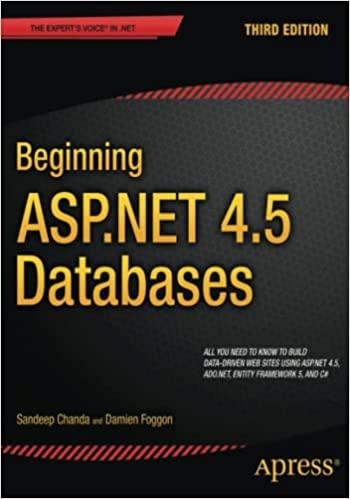Question
In the problems that follow, you will consider three of the algorithms of search: Ordered-Linear-Search, Chunk-Search, and Binary-Search. Let T1(n), T2(n), and T3(n), respectively, be
In the problems that follow, you will consider three of the algorithms of search: Ordered-Linear-Search, Chunk-Search, and Binary-Search. Let T1(n), T2(n), and T3(n), respectively, be the number of element examinations required by these algorithms when run on a list whose length is n

Moe, Larry, and Curly have just purchased three new computers. Moe's computer is 10 times faster than Larry's and 50 times faster than Curly's.2 However, Moe runs Ordered-Linear-Search on his computer, while Larry and Curly run Chunk-Search and Binary-Search, respectively. Moe, Larry, and Curly begin to perform searches over various data stored on their computers. . .
i. Moe and Curly both run a search on the same data set. Despite the fact that Curly's machine is 50 times slower than Moe's, Curly's machine performs the search 100 times faster than Moe's machine. How large is the data set? ii. Suppose that Moe switches to Chunk-Search. On this same data set, will Moe's machine now outperform Curly's? Explain.
T1(n) Ordered-Linear-Search: Chunk-Search Binary-Search = n Tg(n) log2(n)Step by Step Solution
There are 3 Steps involved in it
Step: 1

Get Instant Access to Expert-Tailored Solutions
See step-by-step solutions with expert insights and AI powered tools for academic success
Step: 2

Step: 3

Ace Your Homework with AI
Get the answers you need in no time with our AI-driven, step-by-step assistance
Get Started


